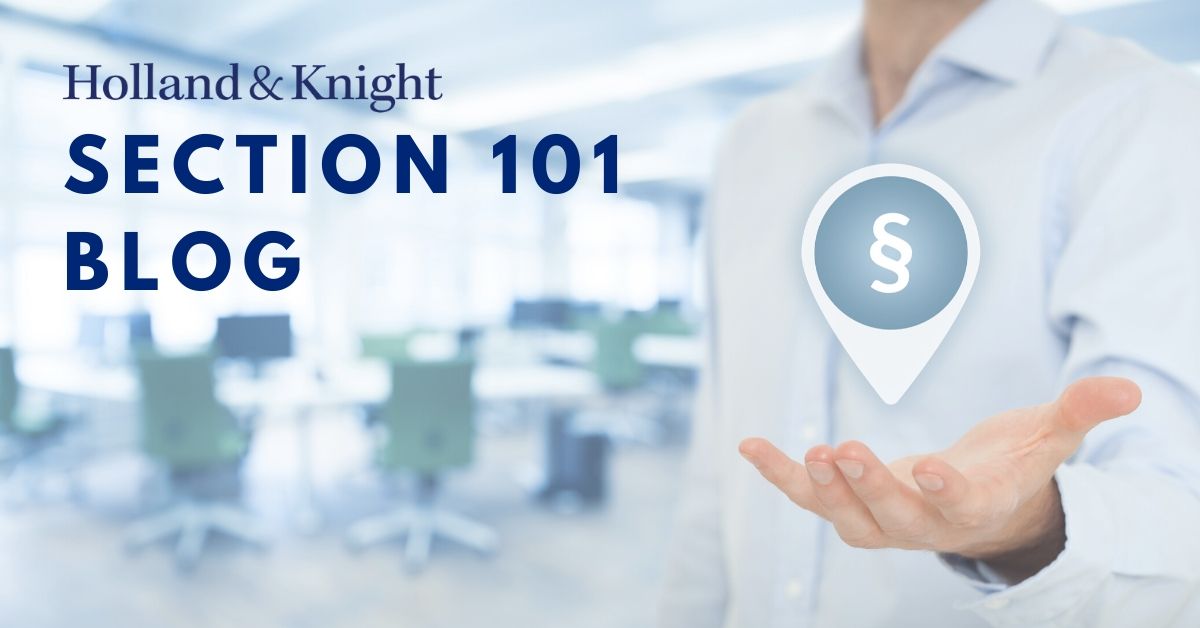American Axle: After Solicitor General Weighs In, Neapco Responds and Court Sets Conference

I first wrote on American Axle back in 2019. Nearly three years and dozens of hits for "American Axle" on hklaw.com later, we'll finally get an answer to whether the U.S. Supreme Court will hear another Section 101 dispute.
Solicitor General Argues That Petition Should Be Granted
The Solicitor General filed her brief two weeks ago (I know, I'm slow) and argues that the Supreme Court should grant American Axle's petition with respect to the following question:
Whether claim 22 of petitioner's patent, which claims a process for manufacturing an automobile driveshaft that simultaneously reduces two types of driveshaft vibration, is patent-eligible under Section 101.
If you're reading this blog, you've probably read the brief or at least some commentary, so I'll just focus on one part of the brief that stood out to me: the heightened enablement argument.
The Solicitor General states that the American Axle panel majority from the U.S. Court of Appeals for the Federal Circuit acknowledged the distinction between patent eligibility under Section 101 and enablement under Section 112. A page earlier, the Solicitor General discusses the law generally when she writes: "The panel majority was correct that 'claims that state a goal without a solution are patent-ineligible … Section 101 thus does not permit, for example, a claim for illuminating dark rooms by any efficacious means, or for doing so in any way that involves electricity. Such claims identify a goal to be achieved, but do not recite a 'process' for achieving it."
The Solicitor General, however, argues that the panel's analysis "blurs the two by demanding that the claims provide a degree of detail more appropriate for the enablement inquiry." Specifically, "claim 22 goes well beyond identifying the 'goal' of reducing multiple modes of vibration … It recites a specific sequence of steps to achieve that goal."
There is a lot more in the brief, but this stood out because it reads as though the Federal Circuit merely got its analysis, not the law, wrong. Supreme Court Rule 10 states that a petition is rarely granted when the asserted error consists of the misapplication of a properly stated rule of law. If the Supreme Court grants the petition, it will be interesting to see how (or if) the Court addresses this question. (Full disclosure: Holland & Knight represents respondents with regard to another pending petition before the Supreme Court. Our case, for good reason, has caused much less fanfare.)
Neapco Files a Supplemental Brief
Neapco filed a supplemental brief responding to the Solicitor General's arguments. The entire brief is worth reading, but I found one argument most interesting. Neapco argues that the Solicitor General's recommended question (pasted above) is not a question answered by the Federal Circuit.
Despite reading the American Axle opinions and briefing more than I care to admit, I had forgotten that the Federal Circuit panel majority explicitly addressed only the natural-law exception and remanded the abstract-idea question to the district court. So although the Solicitor General recommends that the Supreme Court address whether claim 22 is patent-eligible under Section 101, the Federal Circuit has addressed only one of the Section 101 exceptions – natural law – without yet addressing the abstract-idea exception.
The same day that Neapco filed its supplemental brief, the Supreme Court announced it will consider the case on June 23, 2022.
